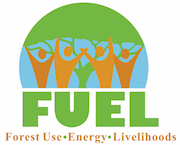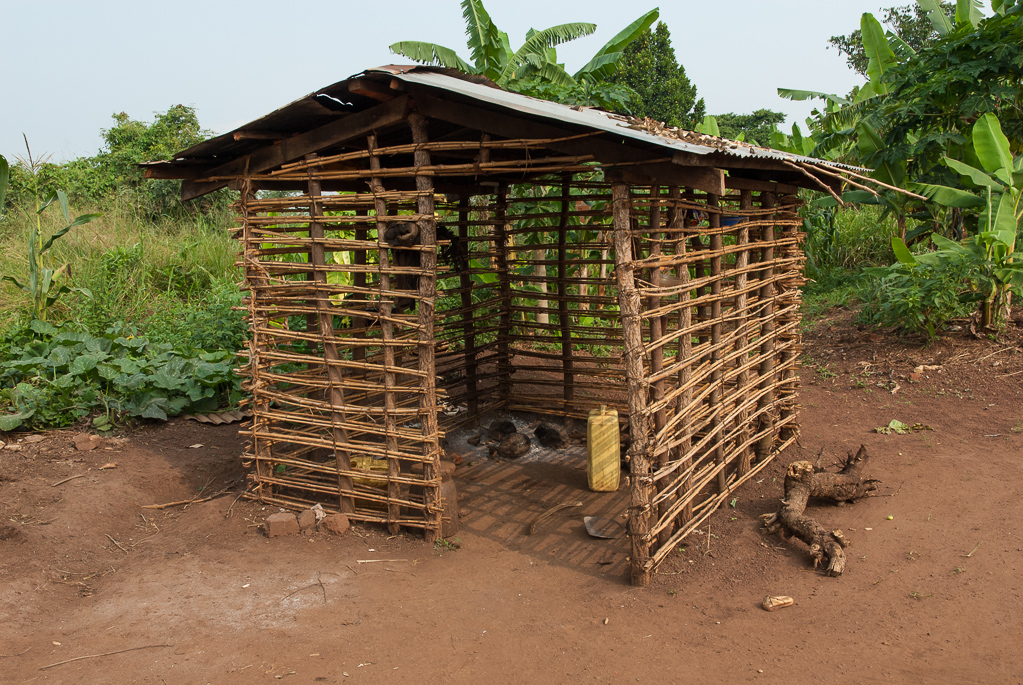Uganda Governance, Livelihoods and Sustainability Study (UGLASS)
Fieldwork by: Glenn Bush (Wildlife Conservation Society), Pamela Jagger (UNC-CH), Samuel Sellers (UNC-CH), David Leith (UNC-CH), Joseph Pedit (UNC-CH), Jerry Shively, (Purdue), and Makerere University
Location: Bugoma and Budongo, Uganda
Time: 2003-2013
Sample: 550 households
Target group: rural households near Rwenzori Mountains National Park
Research papers:
Read Uganda related papers here.
Policy Issue
An estimated 231 million global deaths were attributable to household air pollution (HAP) and accounted for over 4% of all deaths in 2019 and are highest in Sub-Saharan Africa and South Asia*. About 95% of the populations in East African countries, Burundi, Ethiopia, Rwanda, Tanzania and Uganda, use solid fuels for cooking and heating with barely any decrease in usage. This may be due to slow development in markets for modern fuels as well as lack of information on the benefits of cleaner cooking. Using biomass for fuel contributes to land-use changes across time leading to forest degradation and can impact the livelihoods of people reliant on nearby forests. To understand the reliance on solid fuels, including fuelwood of varying qualities, charcoal, and crop residues, and how this is affected by land-use change with very high biomass density, we examine changes in the type, quantity, and source of biomass used by rural households within Uganda.
Details of the intervention
Partnering with the Wildlife Conservation Society and Makerere University in Uganda with funding from National Science Foundation, the Social Science Research Council, the Social Science and Humanities Research Council of Canada, the Collective Action and Property Rights Initiative of the CGIAR, the Center for International Forestry Research, and the SANREM CRSP (USAID), researchers used a quasi-experimental study design to estimate changes in several income measures, as well as land cover using three waves to evaluate the impact of collaborative management agreements (CMAs) designed to protect forests and raise incomes for smallholders living adjacent Rwenzori Mountains National Park (RMNP), Uganda. They conducted a 3 wave household panel survey of 550 households in western Uganda to understand the contribution of forests to rural livelihoods. The second wave looked at variation in governance regimes in these areas and how this was leverage to estimate welfare impacts forest decentralization. The third wave, funded by Nutrition Collaborative Research Support Programs (CRSPs) (USAID), included collecting information on fuel use, cooking, and health outcomes.
The study takes place in three research sites. The first is a sample of households in 6 villages adjacent to Rwenzori Mountains National Park. The second is a sample of households in 6 villages in the privately-owned forest mosaics of Hoima and Kibaale Districts (Bugoma study site), and the third site is comprised of villages around the Budongo Central Forest Reserve (N=6 villages). To estimate biomass availability, researchers look at land cover change. This 300 km area is categorized as agriculture, livestock husbandry, collection of forest and wild products, wage labor, and small business. Researchers also looked at natural resource governance regimes to understand the dynamics of fuelwood collection and land use.
Results and Discussion
Researchers found that deforestation and forest degradation increased between 2003 and 2011. Most of the degraded forestland was converted to cropland. Eighty percent of total estimated biomass loss occurred in the 5 km buffer areas surrounding the six villages in the Bugoma study area which represents roughly a 50% reduction in total biomass availability in these buffer zones. Although reductions in fuels collected from forests did not increase and fuels collected in non-forest areas increased, this area still had the highest deforestation rate. Within our study area, small-scale agriculture and timber harvesting remain the primary drivers of land-use change. Our findings have implications for public policy in several sectors including health, environment, forestry, energy, agriculture, gender, and climate. Policymakers should monitor land use change and biomass availability over time and information about the quality and quantity effects of biomass burning can help individuals understand the social and long-term costs for these rapid changes in landscapes.
*Bennitt, F.B.,Wozniak, S.S., Causey,K., Burkart, K., Brauer, M. 2021. Estimating disease burden attributable to household air pollution: new methods within the Global Burden of Disease Study. The Lancet Global Health. https://doi.org/10.1016/S2214-109X(21)00126-1







